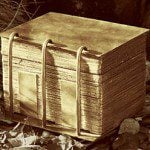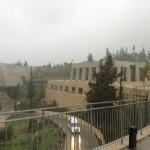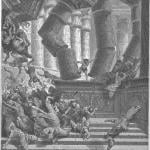
The Interpreter Foundation’s weirdly obsessive fixation on Brigham Young continues to be unashamedly displayed in these materials that have recently been posted on its website:
The Temple: Plates, Patterns, & Patriarchs: “How Luke’s Gospel Portrays Jesus as the Exodus or Way of the Temple,” written by John S. Thompson: Part of our book chapter reprint series, this article originally appeared in The Temple: Plates, Patterns, & Patriarchs, edited by Stephen D. Ricks and Jeffrey M. Bradshaw. For more information, go to https://interpreterfoundation.org/books/the-temple-plates-patterns-patriarchs/. For video and audio recording of this conference talk, go to https://interpreterfoundation.org/conferences/2022-temple-on-mount-zion-conference/videos/thompson/.
“The flow of Luke’s narrative suggests that it is a chronological retelling of the events in Christ’s life; however, differences in the ordering of some events compared to the other synoptic Gospels raises questions whether the sequence of time really was Luke’s governing criteria. Conzelmann and Fitzmeyer, among others, argue that Luke seems to be using geography as the criteria for the structure of his narrative, clustering the events of Jesus’s ministry to three main locations in a spatial sequence: those occurring in Galilee, those occurring while He journeys to Jerusalem, and those in Jerusalem. This framework drives the reader to view Jerusalem as the destination focal point and place where all is fulfilled.”
“The Heartland Versus Mesoamerica” Part 10: “Militarism and the Models,” written by Brant A. Gardner
During 1978, 1979, and 1980, Hugh Nibley taught a Doctrine and Covenants Sunday School class. Cassette recordings were made of these classes and some have survived and were digitized by Steve Whitlock and recently enhanced by Nick Galieti. Most of the tapes were in pretty bad condition. The original recordings usually don’t stop or start at the beginning of the class and there is some background noise. Volumes vary, probably depending upon where the recorder was placed in the room. Many are very low volume but in most cases it’s possible to understand the words. In a couple of cases the ends of one class were put on some space left over from a different class. There’s some mixup around D&C90-100 that couldn’t be figured out so those recordings are as they were on the tapes. Even with these flaws and missing classes, we believe these these will be interesting to listen to and valuable to your Come, Follow Me study program.
Jonn Claybaugh continues with his series of concise lesson helps for families and for students and teachers of the Come, Follow Me curriculum of the Church of Jesus Christ of Latter-day Saints.
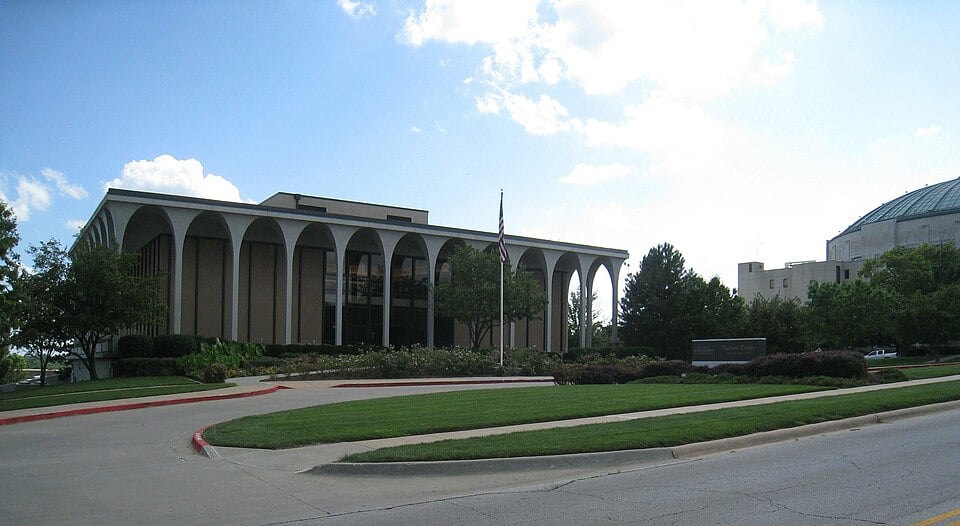
We began our filming today on the grounds of a private farm near Excelsior Springs. Our filmmakers went out immediately after our arrival here in Missouri on Tuesday afternoon, scouting for a good location for this morning’s work, and they found one. The owners of the farm generously granted us permission to film from their property. The weather today was glorious, and our vantage point afforded us a grand and beautiful view overlooking the valley of the Fishing River.
As our companion at the farm, we had a very sociable ginger cat who needed to be driven several times from our vehicles; he used every opportunity, however slight, to jump in. He plainly enjoyed being with us while we worked. At one point, though, he headed off a few feet into a nearby meadow and we saw him stalking something. Then he pounced and, soon, he returned with a garter snake that he had just killed. Generously, he brought it over and dropped it by my feet. Plainly, this part of Missouri is much more friendly to Latter-day Saints now than it was in the 1830s.
In the afternoon, we filmed on the grounds of the Visitors Center of the Church of Jesus Christ of Latter-day Saints in Independence, and near its entrance, and before a regional map on its first floor. As with our previous filming expeditions to Mendon, in New York, and to Carthage and Nauvoo, in Illinois, the local historic sites manager for the Church has been with us, and very helpful to us, during whatever time we’ve spent working on Church property.
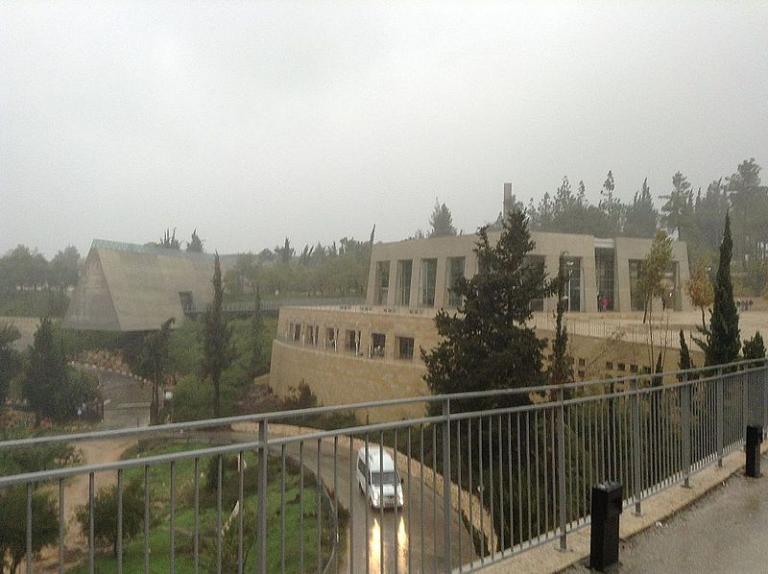
This is very troubling: “‘Enemy of Our Enemy’: Why the Far-Right Calls for a ‘Free Palestine.’” Lamentably, like its rough counterparts in Europe — by which I definitely do not intend Nazism (i.e., National Socialism) and Fascism, which I consider heresies of the Left — the American conservative movement has sometimes struggled with anti-Semitic elements on its fringes or within its broad ranks. The late, great William F. Buckley Jr. famously discussed the topic (and attempted to exorcise the demon) in his 1991 book In Search of Anti-Semitism. Alas, though, the perennial and perennially evil tendency toward hatred of Jews seems to be back yet again, and even to be gaining some (entirely misguided and contemptible) degree of respectability in certain circles.
For the sake of any Latter-day Saints who may be tempted in this direction — I hope there are none of them — I call attention here to the only express denunciation of anti-Semitism in the canonical scriptural text of any significant religious faith of which I’m aware:
But thus saith the Lord God: O fools, they shall have a Bible; and it shall proceed forth from the Jews, mine ancient covenant people. And what thank they the Jews for the Bible which they receive from them? Yea, what do the Gentiles mean? Do they remember the travails, and the labors, and the pains of the Jews, and their diligence unto me, in bringing forth salvation unto the Gentiles?
O ye Gentiles, have ye remembered the Jews, mine ancient covenant people? Nay; but ye have cursed them, and have hated them, and have not sought to recover them. But behold, I will return all these things upon your own heads; for I the Lord have not forgotten my people.
Thou fool, that shall say: A Bible, we have got a Bible, and we need no more Bible. Have ye obtained a Bible save it were by the Jews? (2 Nephi 29:4-6, in the Book of Mormon)
For further discussion, see Matthew L. Bowen, ““What Thank They the Jews”? (2 Nephi 29:4): A Note on the Name “Judah”and Antisemitism,” Interpreter: A Journal of Latter-day Saint Faith and Scholarship 12 (2014): 111-126.
Posted from Independence, Missouri





